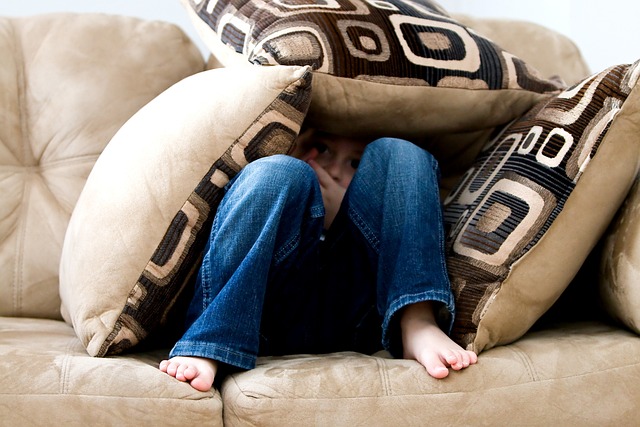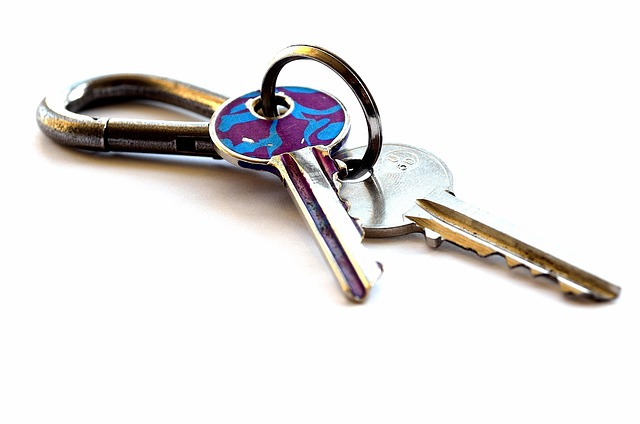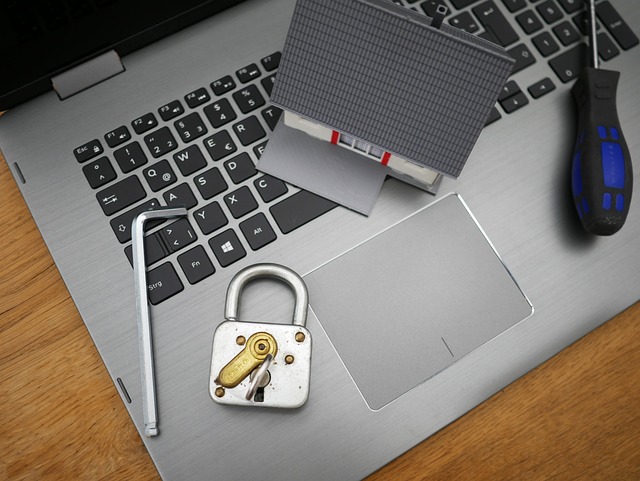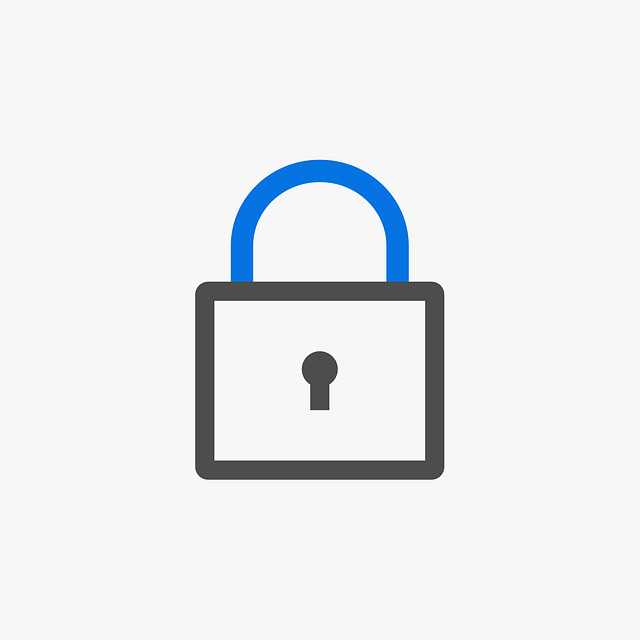Implementing motion-activated lighting and smart home security solutions tailored for older adults offers unique benefits, addressing falls, reduced mobility, and cognitive changes that pose risks. These systems enhance visibility, deter hazards, provide peace of mind, and complement traditional security measures. Designed with accessibility and ease of use in mind, they include features like voice activation and large buttons, empowering both caregivers and seniors while fostering a personalized yet secure environment. Such technology bolsters safety, encourages independent living, and enables remote monitoring for prompt responses to alerts.
As our population ages, ensuring the security and safety of seniors at home becomes paramount. This article explores caregiver-accessible home security systems tailored to meet the unique needs of older adults. We delve into the significance of motion-activated lights as a proactive measure against potential hazards, highlighting their role in enhancing nighttime navigation and deterring intruders. Through design considerations and implementation strategies, we reveal how these systems can foster independent living while providing peace of mind for both seniors and caregivers.
- Understanding the Unique Security Needs of Seniors
- The Role of Motion-Activated Lights in Home Safety
- Designing a Caregiver-Friendly Security System
- Implementation and Benefits for Enhanced Senior Living
Understanding the Unique Security Needs of Seniors

The security needs of seniors within their homes differ significantly from those of younger individuals, reflecting a unique set of considerations. As people age, they may become more vulnerable to falls, loss of mobility, and cognitive changes, which can impact their personal safety. Traditional home security systems, often designed with general use in mind, might not cater adequately to these specific challenges.
Implementing features such as motion-activated lights for elderly individuals offers a practical solution. These lights can be programmed to turn on automatically when movement is detected, providing better visibility and deterring potential intruders or hazards. Additionally, smart home security systems that include fall detection sensors, emergency alert buttons, and remote monitoring can ensure prompt assistance during emergencies, giving seniors and their caregivers peace of mind.
The Role of Motion-Activated Lights in Home Safety

Motion-activated lights play a pivotal role in enhancing home security for seniors, offering both practical benefits and peace of mind. These innovative devices are designed to detect movement in or around the home, promptly illuminating the area with bright light. For elderly individuals who may have reduced mobility or visual impairments, this instant lighting can serve as an early warning system, allowing them to identify potential hazards like tripping risks or unusual activity more easily.
Moreover, motion-activated lights encourage a sense of security by deterring would-be intruders. Their automatic activation when sensing movement discourages burglars and can provide valuable time for seniors to respond or alert authorities if needed. This simple yet effective technology complements other home security measures, contributing to a safer living environment tailored to the specific needs of elderly individuals.
Designing a Caregiver-Friendly Security System

When designing a home security system tailored for caregivers of seniors, accessibility and ease of use are paramount. Caregivers often have varied responsibilities and may require systems that are simple to navigate, especially in emergencies. Incorporating features like voice-activated commands, large button interfaces, or even motion-activated lights for elderly users can significantly enhance usability. These innovations ensure that the system remains intuitive and effective, catering to both the caregiver’s needs and those of their senior charges.
Additionally, systems should be designed with flexibility in mind, allowing caregivers to customize alerts and access levels. This could mean setting up individual profiles for each resident, with distinct permissions and notifications. Such adaptability enables a more personalized experience while maintaining security, fostering an environment where both the caregiver and the senior feel empowered and safe.
Implementation and Benefits for Enhanced Senior Living

Implementing caregiver-accessible home security systems, incorporating features like motion-activated lights for elderly residents, offers a multitude of benefits for enhanced senior living. These systems provide peace of mind by ensuring the safety and well-being of seniors in their homes. Motion sensors trigger lights automatically, making it easier for elders to navigate at night and deterring potential intruders.
Moreover, these security measures offer caregivers remote monitoring capabilities, allowing them to keep track of senior’s activities and respond promptly to any alerts. This technology not only improves security but also promotes independent living by providing an extra layer of protection without compromising seniors’ autonomy.
Caregiver-accessible home security systems, incorporating features like motion-activated lights for elderly individuals, offer a vital solution for enhancing senior living. By addressing their unique security needs, these systems promote safety and peace of mind while empowering seniors to maintain independence in their homes. With thoughtful design and implementation, caregiver-friendly security technology can revolutionize how we support our aging population.
